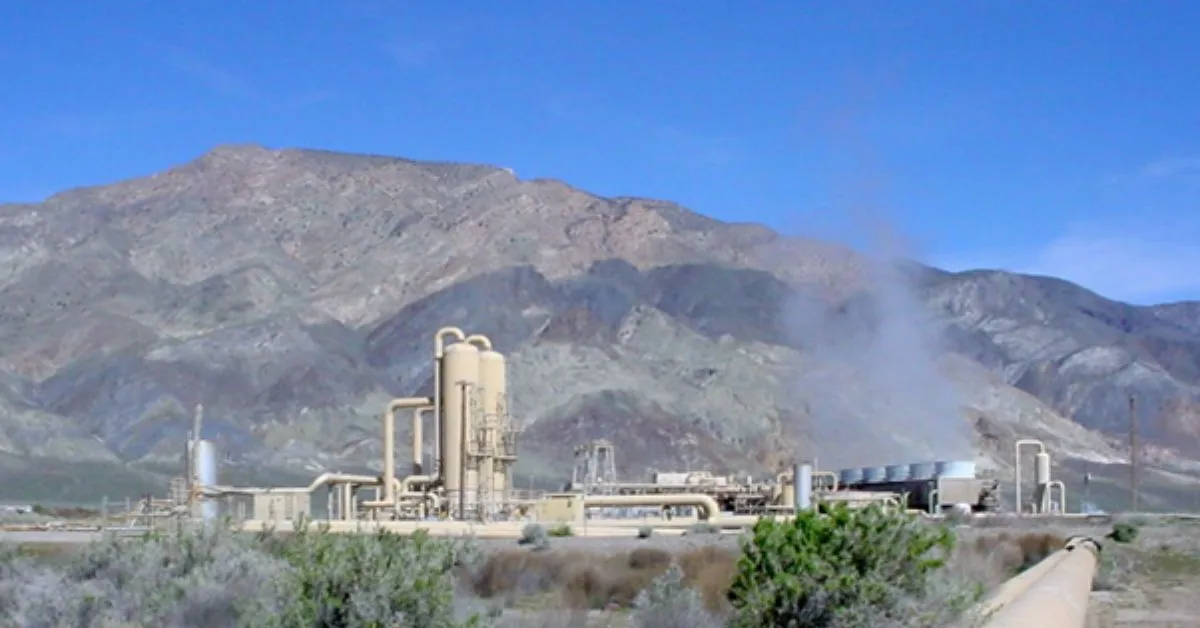As a sustainable and renewable energy source, geothermal energy is becoming more and more popular as people look for greener substitutes for conventional fossil fuels. Geothermal energy, which is a consistent and dependable source of power, uses the heat that exists inside the Earth to create electricity and heat, unlike solar or wind power. The fundamentals of geothermal energy, its advantages for the environment, its current uses, and its potential to influence the direction of sustainable energy in the future will all be covered in this article.
Understanding Geothermal Energy:
The heat that naturally decays radioactive materials and the heat that was initially stored during the formation of the earth is harnessed via geothermal energy. The Earth’s crust and mantle contain this heat, which is constantly moving towards the surface.
The principal method of obtaining geothermal energy is excavating the earth’s interior to reach reservoirs of hot water and steam. The collected heat is subsequently transformed into energy using several methods in power plants.
Environmental Benefits of Geothermal Energy:
Geothermal energy’s low environmental impact is one of its main benefits. Geothermal power facilities emit fewer greenhouse gases than fossil fuels do, which contributes to the fight against climate change. Furthermore, geothermal power generation is a feasible alternative for areas with limited space because it requires less land than solar or wind farms.
Geothermal energy is renewable and sustainable.
On a human timescale, the Earth’s core heat is nearly limitless, making geothermal energy a renewable resource. Geothermal reservoirs may be naturally refilled, in contrast to finite fossil fuel sources, guaranteeing a long-term and sustainable energy supply.
Applications of Geothermal Energy:
Endothermic energy is flexible and useful in a range of contexts. Among the most popular applications are:
Energy Production: Geothermal power plants, such as binary cycle and flash steam units, use heat from the earth to create electricity, offering a steady and dependable supply of energy.
Direct Heating: Geothermal heat pumps provide an energy-efficient substitute for conventional heating and cooling systems by using the Earth’s constant temperature to heat buildings in the winter and cool them in the summer.
Industrial Processes: Direct industrial uses of geothermal energy include pasteurizing milk, drying crops, and heating greenhouses.
Tech giant Google also came up with a way to produce power using geothermal energy without using fossil fuels or adding carbon to the environment. For this reason, the business entered into the first corporate agreement in history to construct an improved geothermal power project two years ago, teaming up with clean-energy startup Fervo. Like other tech giants, such as Apple, it is also working on operating the company’s data centers on 24/7 carbon-free energy by 2030. For this, the company partnered with clean-energy startup Fervo two years ago. It is the world’s first enhanced geothermal power project, which is now operational, and carbon-free electricity has started flowing onto the local grid that serves Google data centers in Nevada.
Global Potential of Geothermal Energy:
Currently, the top-producing regions for geothermal power are those with active tectonic plate borders, such as Iceland, the Philippines, and portions of the United States. However, technological developments are making it possible to use this form of energy even in places where these geological features are not immediately accessible, therefore adding to the world’s energy portfolio’s diversity.
Challenges and Future Outlook
Despite the great potential of geothermal energy, there are several obstacles to overcome, like the initially high costs associated with drilling and exploration. To overcome these obstacles and increase the affordability and accessibility of this energy, additional research and development is required.
You may like to read: Artificial Intelligence
Conclusion:
To sum up, it represents a glimmer of hope for the shift to sustainable energy. Its dependability, low environmental impact, and adaptability make it an important participant in the field of renewable energy. To meet the world’s expanding energy demands while protecting our planet for future generations, geothermal energy is expected to become more and more important as technology develops and the worldwide commitment to sustainability rises.
